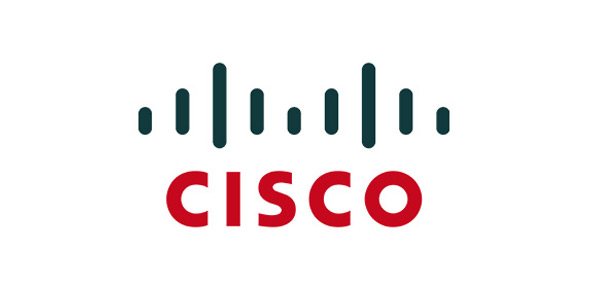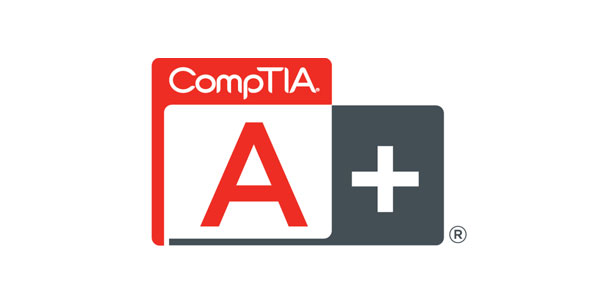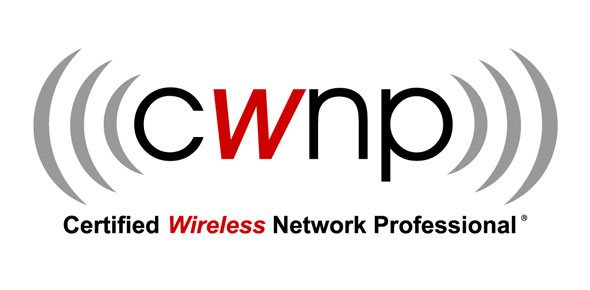Related Flashcards
Cards In This Set
| Front | Back |
|
The Open Systems Interconnection reference model is a layered, abstract representation created as a guideline for network protocol design. The OSI model divides the networking process into #____ logical layers, each of which has unique functionality and to which are assigned specific services and protocols.
|
Seven
|
|
The ___________ Layer seven, is the top layer of both the OSI and TCP/IP models. It is the layer that provides the interface between the applications we use to communicate and the underlying network over which our messages are transmitted.
|
A) Application
***Application layer protocols are used to exchange data between programs running on the source and destination hosts. There are many Application layer protocols and new protocols are always being developed. |
|
The Presentation Layer
The Presentation layer has three primary functions: |
Coding and conversion of Application layer data to ensure that data from the source device can be interpreted by the appropriate application on the destination device.
Compression of the data in a manner that can be decompressed by the destination device. Encryption of the data for transmission and the decryption of data upon receipt by the destination. |
|
TCP/IP Application layer protocols are those that provide for the exchange of user information. These protocols specify the format and control information necessary for many of the common Internet communication functions. Among these TCP/IP protocols are:
|
Domain Name Service Protocol (DNS)
is used to resolve Internet names to IP addresses. Hypertext Transfer Protocol (HTTP) is used to transfer files that make up the Web pages of the World Wide Web. Simple Mail Transfer Protocol (SMTP) is used for the transfer of mail messages and attachments. Telnet, a terminal emulation protocol, is used to provide remote access to servers and networking devices. File Transfer Protocol (FTP) is used for interactive file transfer between systems. |
|
Within the Application layer, there are two forms of software programs or processes that provide access to the network: applications and services.
|
Network-Aware Applications
Applications are the software programs used by people to communicate over the network. Some end-user applications are network-aware, meaning that they implement the Application layer protocols and are able to communicate directly with the lower layers of the protocol stack. E-mail clients and web browsers are examples of these types of applications. Application layer Services Other programs may need the assistance of Application layer services to use network resources, like file transfer or network print spooling. Though transparent to the user, these services are the programs that interface with the network and prepare the data for transfer. Different types of data - whether it is text, graphics, or video - require different network services to ensure that it is properly prepared for processing by the functions occurring at the lower layers of OSI model. |
|
Like all layers within the OSI model, the Application layer relies on the functions of the____ layers in order to complete the communication process.
|
Lower
|
|
Application layer protocols are used by both the source and destination devices during a _______.
|
Communication session.
|
|
What do Protocols do:
|
-Define the processes on either end of the communication
-Define the types of messages -Define the syntax of messages -Define the meaning of any informational fields -Define how message are sent and the expected response -Define the interaction with lower layer *****Applications and services may also use multiple protocols in the course of a single conversation. One protocol may specify how to establish the network connection and another describe the process for the data transfer when the message is passed to the next lower layer. |
|
The Client/Server model
|
In the client/server model, the device requesting the information is called a client and the device responding to the request is called a server. Client and server processes are considered to be in the Application layer.
|
|
Data transfer from a client to a server is referred to as an ____ and data from a server to a client as a _______.
|
A) Upload
b) Download |
|
In a general networking context, any device that responds to requests from client applications is functioning as _______
|
A) a server.
**** A server is usually a computer that contains information to be shared with many client systems. For example, web pages, documents, databases, pictures, video, and audio files can all be stored on a server and delivered to requesting clients. |
|
N a client/server network, the server runs a service, or process, sometimes called a server________.
|
Daemon.
*****Like most services, daemons typically run in the background and are not under an end user's direct control. Daemons are described as "listening" for a request from a client, because they are programmed to respond whenever the server receives a request for the service provided by the daemon. When a daemon "hears" a request from a client, it exchanges appropriate messages with the client, as required by its protocol, and proceeds to send the requested data to the client in the proper format. |
|
Peer-to-Peer Networks
|
In a peer-to-peer network, two or more computers are connected via a network and can share resources (such as printers and files) without having a dedicated server. Every connected end device (known as a peer) can function as either a server or a client.
|
|
Peer-to-Peer Applications
|
A peer-to-peer application (P2P), unlike a peer-to-peer network, allows a device to act as both a client and a server within the same communication. In this model, every client is a server and every server a client. Both can initiate a communication and are considered equal in the communication process. However, peer-to-peer applications require that each end device provide a user interface and run a background service
|
|
The Transport layer uses an addressing scheme called ______.
|
A port number.
****Port numbers identify applications and Application layer services that are the source and destination of data. Server programs generally use predefined port numbers that are commonly known by clients. Some of these services are: Domain Name System (DNS) - TCP/UDP Port 53 Hypertext Transfer Protocol (HTTP) - TCP Port 80 Simple Mail Transfer Protocol (SMTP) - TCP Port 25 Post Office Protocol (POP) - TCP Port 110 Telnet - TCP Port 23 Dynamic Host Configuration Protocol - UDP Ports 67 and 68 File Transfer Protocol (FTP) - TCP Ports 20 and 21 |






